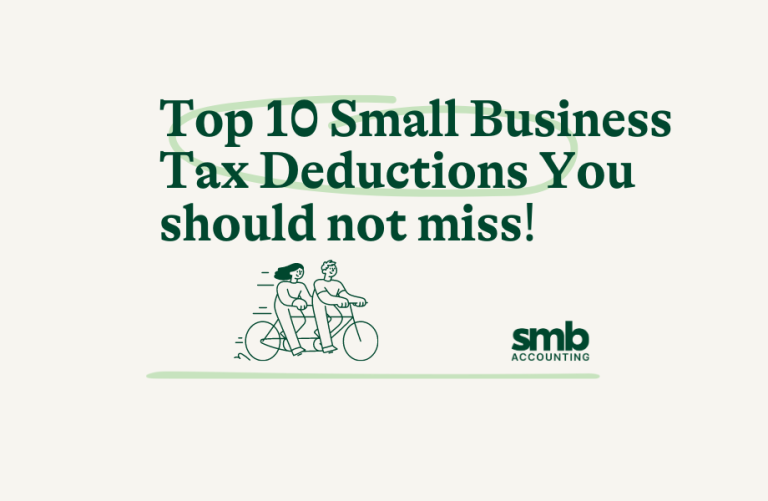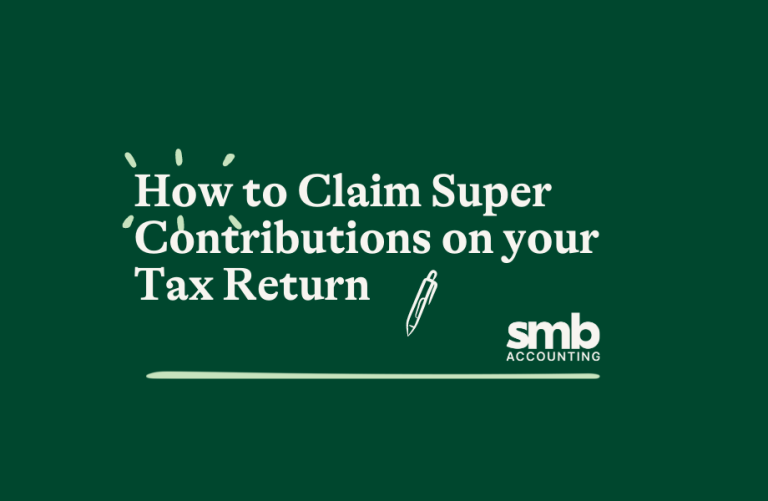Financial statements are an integral part of any business, as they explain the company’s performance in terms of finances and profitability. Some of the basic financial statements business owners need to be familiar with include the balance sheets, income statements, and cash flow statements.
What Is a Balance Sheet?
The balance sheet lists down a business’s assets, liabilities, and equity. This shows the company’s financial position at a given point in time.
A company’s assets include anything that can generate revenue, and they may be tangible or intangible. Tangible assets include cash, equipment, machinery, vehicles, and inventory, among others. On the other hand, intangible assets could consist of copyrights, patents, trade names, and trademarks.
Next, there are liabilities. A liability is essentially something the company owes. These could include accounts payables, loans, mortgages, accrued expenses, and more.
Lastly, there’s equity. One of the basic formulas in accounting is “assets – liabilities = equity,” which shows a company’s true value. Equity is also commonly referred to as owner’s equity, shareholder’s equity, or net worth, and it could include retained earnings, common stock, and additional paid-in capital.
What Is an Income Statement?
The income statement shows a business’s income and expenditures for a period of time. It will basically indicate whether a company is making a profit or a loss. The income statement also provides information regarding operation capabilities, returns on investments, financial flexibility, and risks.
What Is the Cash Flow Statement?
The cash flow statement or statement of changes in financial position shows the cash inflows and outflows of a business. These cash flows can be categorised into operating activities, investing activities, and financing activities.
Generally, the operating activities show where the cash came from and how it was used concerning a company’s daily operations. These include cash from sales and inventory. On the other hand, the investing activities are cash activities related to the buying and selling of assets. Lastly, the financing activities involve a company earning money from bond issues or stocks.
How Are Balance Sheets and Income Statements Connected?
These two financial statements connect through the net income account. By using an income statement formula, a business can generate its income statement. This formula will calculate the net income by deducting the expenses from the revenue.
Since income statement accounts are temporary and adjust back to zero at the end of every month and year, the net impact of the income statement is shown as the net income on the balance sheet. So, the ending balances of the income statement get carried over from one month to the next in the balance sheet.
How Are Balance Sheets and Cash Flows Connected?
The cash flow statement will add up all the inflows and outflows to get the net change in cash for a given period. This ending balance should be equal to the balance sheet’s ending cash balance.
Conclusion
The balance sheet shows a company’s financial position at a point in time by listing the assets, liabilities, and equity. On the other hand, the income statement reflects the company’s income and expenditures. The ending balance of a month’s income statement is carried over to the next month in the balance sheet as the net income. Lastly, there’s the cash flow statement which documents the cash inflows and outflows of a company. The ending cash balance of the cash flow statement and the balance sheet must be equal.
For your business’s accounting needs, you can count on SMB Accounting to do the job right. We are accountants in Sunshine Coast, QLD, that is fast becoming a leader around Australia through outstanding service to our clients, both business and individuals alike. We offer a range of accounting services, including business advice, taxation and XERO/MYOB/Quickbooks consulting. Contact us today to get started!




